Enjoy the Autumn: Collect Our Favorite Autumn Leaves
We had a wonderful online learning time during these two weeks. Even though we cannot go back to school, pre-nursery children did a great job online with us. We had so much fun in Literacy, Mathematics, PE, Music, and Art online lessons. My little ones enjoyed the lovely autumn time with their families and they collected some beautiful autumn leaves off the ground in their community. They also spent time doing some review worksheets at home and finishing the little tasks from teachers. Well done Pre-nursery! Wish to see you soon!
Teacher Christy


Farm Animals and Jungle Animals
We studied farm animals last week.
We began the week with brand-new songs, interactive books, and entertaining games, all of which are very beneficial for practicing new words and phrases.
The Nursery A students are incredibly committed and serious about their schoolwork.
Your incredible crafts and daily homework make me pleased to see you.
I appreciate all of your effort.

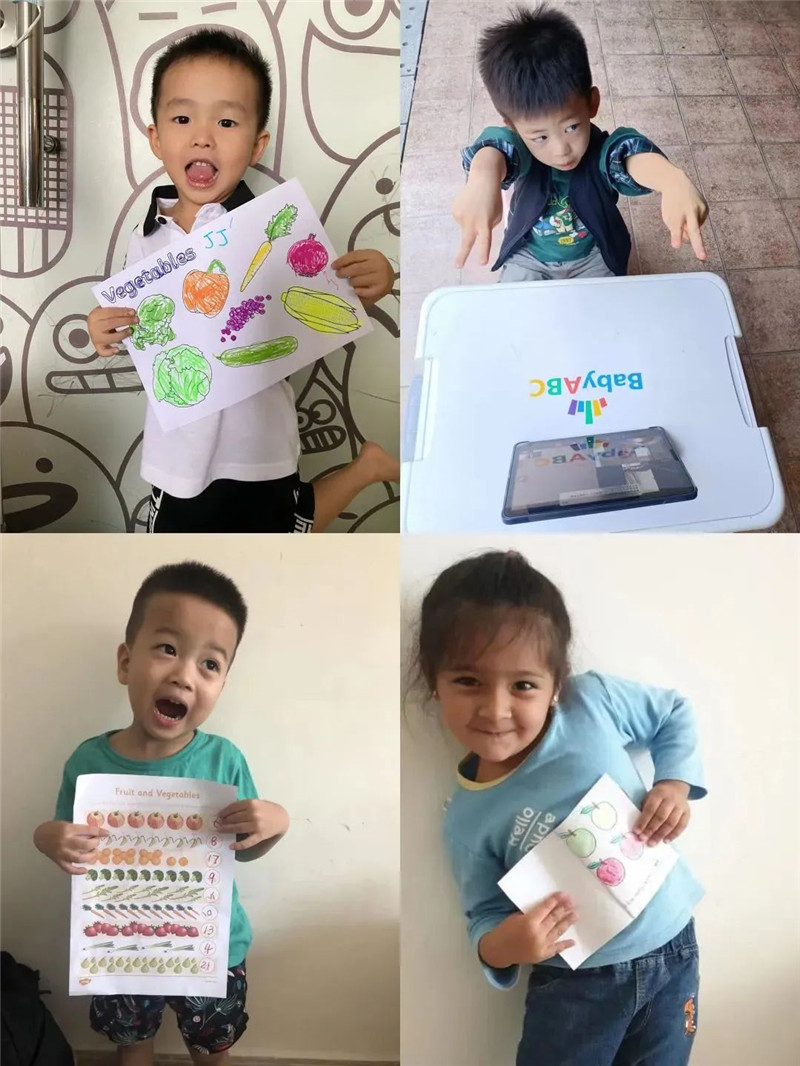
People Who Help Us
This week our Reception Class have had lots of fun at home learning all different things.
To start our topic ‘People Who Help Us’ off this month we thought about all the jobs we could do around the house to help our families. From washing up to hoovering and helping to prepare the lunch. Then we went to see what our security guards do every day to help our families and we made them a thank you card for all that they do for us, our families and our community.
We have also had lots of fun exploring and building structures like towers and walls.
We constructed our own towers after examining the Guangzhou Canton Tower and we built our own Great Walls after exploring the Great Wall of China.
We have also been continuing to work on our phonics and have fun coming up with new ways to learn our CVC words.
We are all so happy to see each other every day, have a chat, have a sing song, have a dance and show each other what we have been doing. We know we are not alone and all our friends love us and care about us. This is the most important thing for us in Reception as we all just want to stay happy and healthy for when we can go back to school.


Shapes in Tide Pools
During online English lessons year 1B students have been learning phase 3 phonics some of which include long Aa, long Ee and long Oo. The students have been engaging in a range of activities, some of which include listing words with the beginning, middle, and end of the above listed phonetic sounds. Another was directed at reading a short story or passage, doing a comprehension test, and then compiling a story map with either words or images to depict understanding. In math, we have been learning about shapes and the number of faces, sides, and corners they have. To make learning fun I created a PowerPoint Presentation about “Shapes in Tide Pools” and showed the students different shapes we can find and identify in these. As an extension, I then presented real life examples and a pop quiz for which the students had to identify the shape of different real life objects. They really seemed to love this! Science has been filled with using different parts of vegetables to construct the parts of a plant. As an example, I showed the students that broccoli and cauliflower are the flower parts of a vegetable, pumpkin seeds are the seed, celery stalks are the stem, lettuce and spinach are the leaves, and carrots are the root. We then progressed to senses and had a taste test using five different fruit. All the students were fully engaged and really intrigued to identify how we see, feel, smell and taste these fruits. They also had a really good laugh when I used the different fruit as a cell phone to phone different students and ask if they could hear and speak to me through the fruit. Despite the challenges, I commend all the students for being willing to learn and trying their very best. Excellent work year 1B, I love you!
Love,
Miss. Tarryn


Energy Transformation
The students in Year 4 have continued studying their Science unit: Energy. During their online classes this week, the students presented their energy transformation poster and explained how it works with a model they built. The students successfully presented and demonstrated different energy types that can transfer to other objects or surroundings.
Energy is everywhere and in everything. Every time something gets warm, cools down, moves, grows, makes a sound or changes in any way, it uses energy. Thus, I demonstrated an experiment where the students could observe energy transfer over time as a scientific enquiry in the activity. I used a beaker of hot water, a metal teaspoon, a bead, and petroleum jelly for the investigation. The students drew an energy chain for the energy transfer that took place as the heat moved from the hot water to the spoon, and then the heat moved from the spoon to the petroleum jelly and melted it. The bead started to slide down the spoon till the bead fell off.
The students observed a retest to see if the results were reliable each time. I repeated the investigation by measuring the time taken for the bead to fall off the spoon each time. Furthermore, The challenge was to complete a dot-to-dot graph to illustrate at which temperature the bead fell off for the shortest and most prolonged time. The students also noticed a pattern in the results and explained why. Lastly, the student added data points to the graph about their prediction of an increased and decreased water temperature.
In addition, the students did a fair test on energy transformation. The students investigated the observation of stirring hot tea with a metal spoon that gets hot and then using a plastic teaspoon that does not get as hot. With the fair test investigation, the students had to consider which things would change or stay the same and what would be measured. The students discussed how to ensure to measure temperature correctly. After that, the students presented their results and concluded that some materials transfer more heat than others. The students enjoyed making predictions and using their prior knowledge to help them form predictions. The students also identified any dangers and thought about how to work safely in an investigation.
This activity met the following Cambridge learning objectives: 4Pf.02 Know that energy cannot be made, lost, used up or destroyed but can be transferred. 4TWSa.03 Make a conclusion from the results and relate it to the scientific question being investigated. 4TWsp.01 Ask scientific questions that can be investigated. 4TWSp0.2 Know that there are five main types of scientific enquiries. 4TWSp.04 Identify variables that need to be taken into account when doing a fair test. 4TWSc.04 Describe how repeated measurements and/or observations can give more reliable data. 4TWSp.05 Identify risks and explain how to stay safe during practical work.
Exceptional work, Year 4! “The most important thing is to never stop questioning.” — Albert Einstein

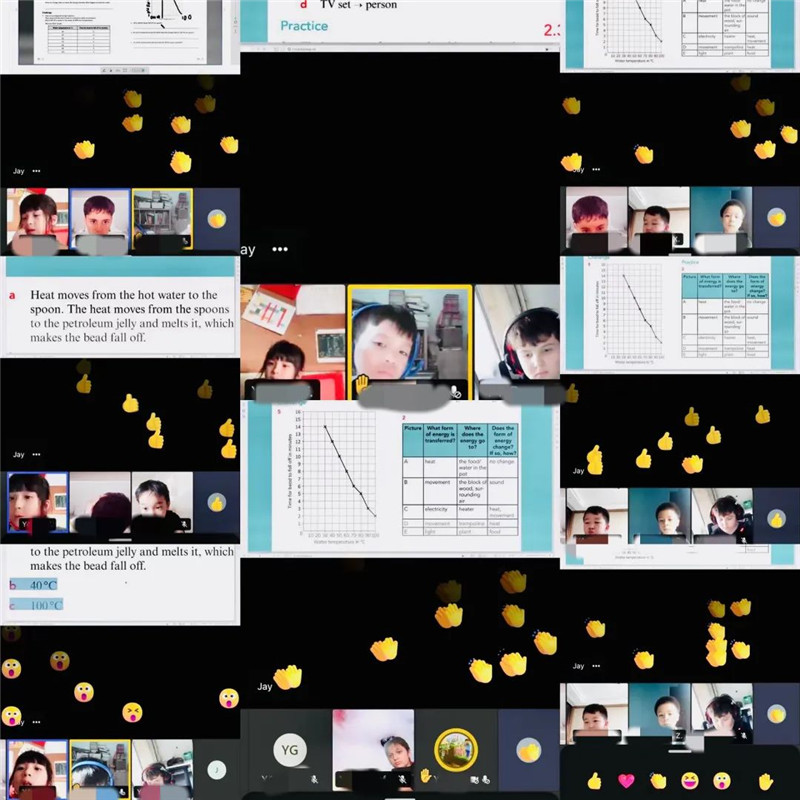
How are Countries Different?
In their Global Perspectives class, the students in Year 5 had the opportunity to practice presenting the presentations they created for the unit: How are countries different?
The wonderful Ms. Suzanne, Ms. Molly and Mr. Dickson were their audience and supported the students by watching and asking thoughtful questions such as 'which place they'd most like to visit?' 'Why do British people like tea?' and 'do you like watching live football?' The Year 5's enjoyed presenting and sharing their knowledge.
Ms. Suzanne said, "the students put a lot of thought and effort into their presentations. They had lots of fascinating facts about different countries and now I know why I drink so much tea!"
Mr. Dickson said, "they did a great job on researching online and they taught me something that I didn't know before. The powerpoint slides were nicely done and the information was clearly presented! I could feel their confidence and they worked well as teams."
Ms. Molly said, "I was amazed by the performance of the Year 5 students, who researched some countries of interest in great detail and were well prepared - that's something I couldn't do until Middle School! I really like the slideshows they made. Well done Year 5!"
Leo - Year 5's fluffy four-legged friend, also thoroughly enjoyed watching the presentations and listened intently as they presented.
Thank you again to our lovely teachers and staff who supported this activity! We really appreciate your support.
Fantastic work Year 5! You continue to work hard both online and offline. Well done!


Properties of Materials

In the year 9 class students have been learning about the Properties of materials how to arrange electrons in an orbitals which is called the electronic structures, the students used the periodic table to be able to arrange the electrons in the orbitals , they can draw the electronic structure of any element on the periodic table .
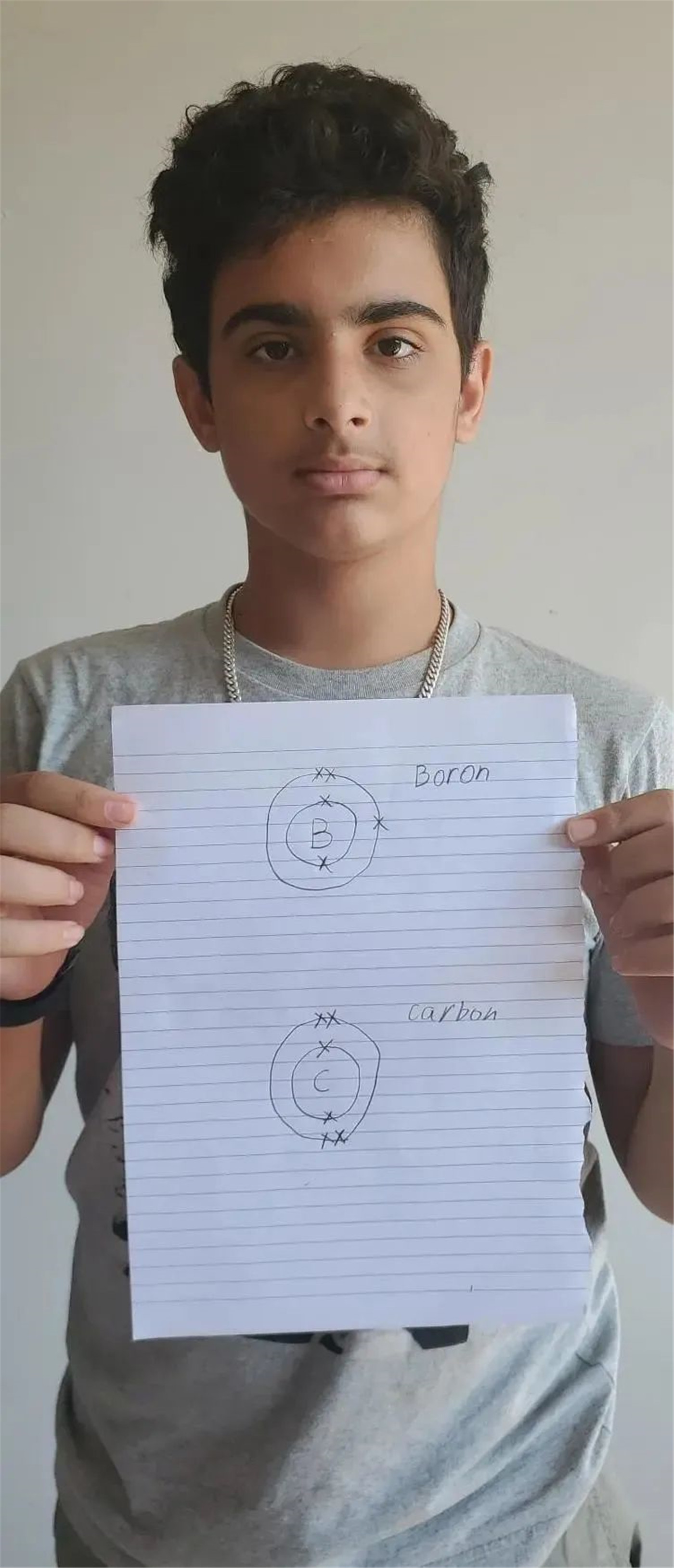

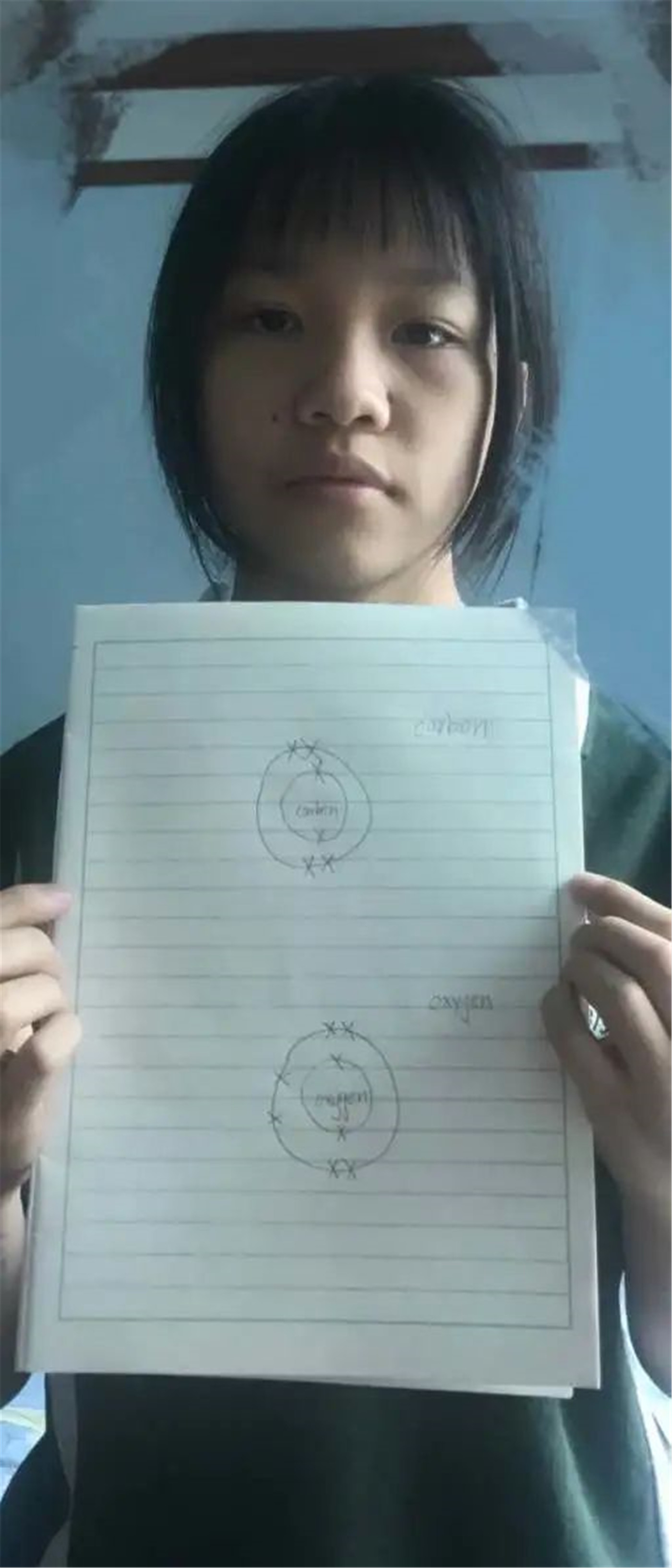
Cloud Journey to the Kingdom of "Pinyin"

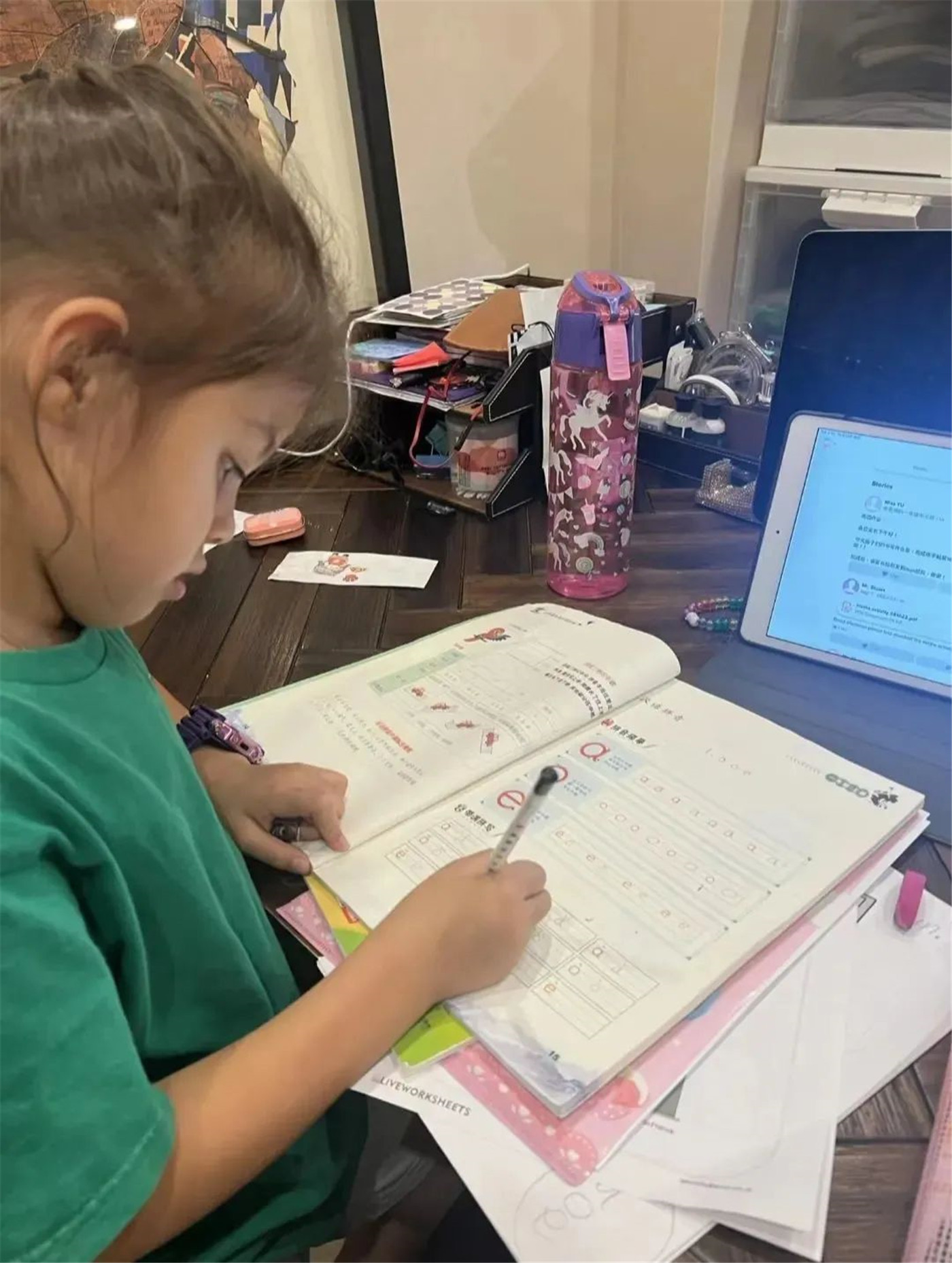
Dear Parents,
Due to the epidemic, We have been taking online classes with the children for nearly two weeks. In the past two weeks, the Year 1 children in the Chinese class have just learned the Chinese pinyin unit. Compared with the better sense of closeness, interactivity and attention of the offline courses, online classes have indeed affected our class. However, despite many difficulties, with the help, support and cooperation of parents and schools, the children were finally able to successfully travel the "Pinyin" kingdom. Therefore, I would like to say to parents in particular: "Thank you! ”
So far, the children have learned and mastered the correct pronunciation and phonics methods of 6 single vowels a o e i u ü, 2 vowels y w and 3 overall recognition syllables yi, wu, yu and their four tones through pronunciation skills demonstration, picture recognition, jingle reading, tone card listening game and connecting common words in life, and let the children carry out writing and consolidation exercises at home in time through synchronous practice copybook and 5·3 workbooks. From the enthusiastic little faces and "little hands" that appeared in front of the children's camera, the homework that the children completed on time and the moments when they seriously attended class and wrote homework, I really felt the children's enthusiasm for Chinese learning under the situation of "School Suspended but Learning Continues" and the great support behind the parents.
After this week, I will continue to explore the mysteries of the "Pinyin" kingdom with the children, hoping that whether it is the epidemic or winter, online classes or other difficulties, it will not stop our determination and action from learning the basic knowledge of the Chinese together with the children and deeply feeling the charm of our mother tongue - Chinese.
Best wishes!
Ms. Yu



Learning Tableware
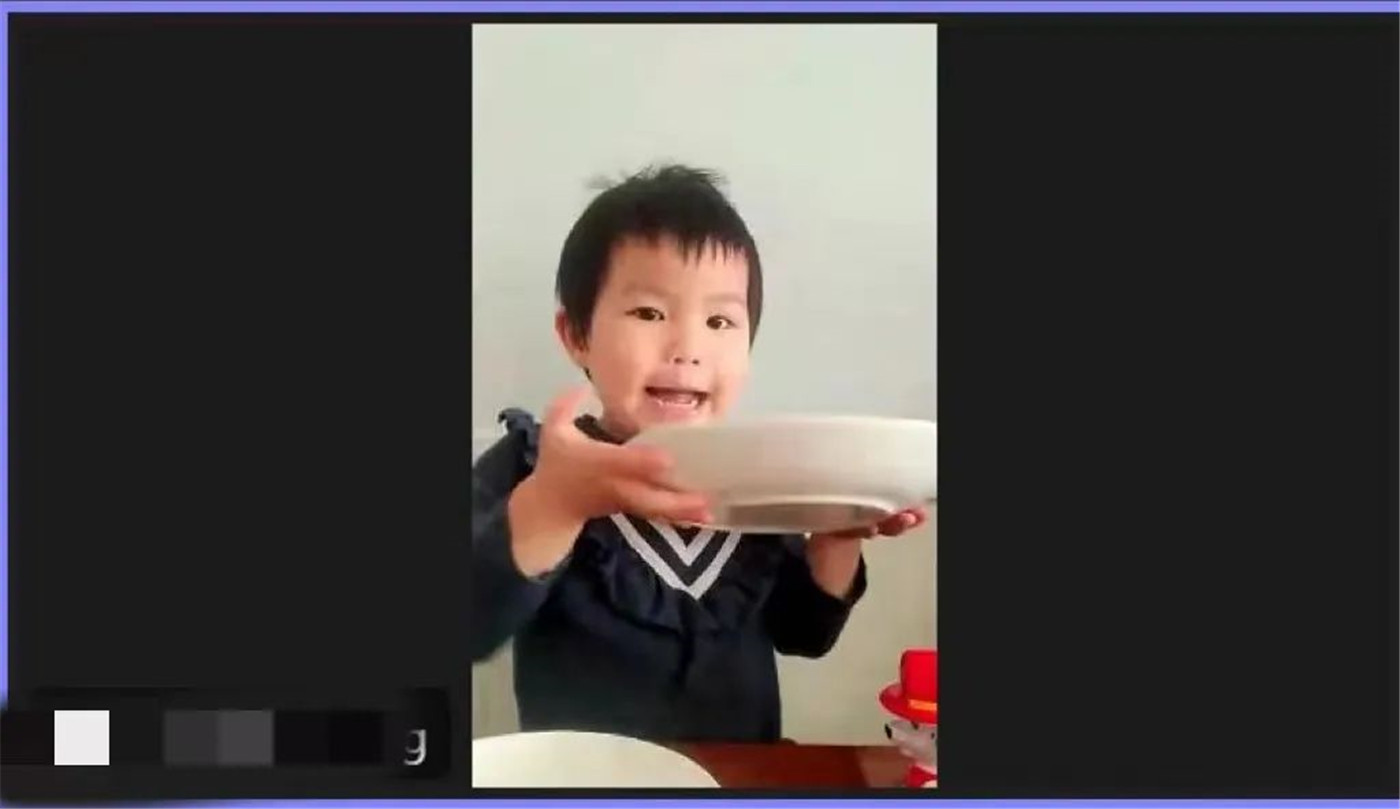



This week we along with the children to learn tableware and some home common items. The children took out their own tableware and interacted with the teachers. They are so adorable.
Learning How to Use Photoshop




Last week, Y11 students have learned how to take high resolution pictures with a digital camera and the three key elements of exposure are Shutter Speed, Aperture and ISO.
This week Y11 students have learned how to edit photos in Photoshop. For example, improve the exposure and contrast with a curves adjustment layer, make color adjustments, etc. Also, 2 photographers ( Rinko Kawauchi and William Eggleston) have been introduced to them as inspirations.
Post time: Dec-16-2022







